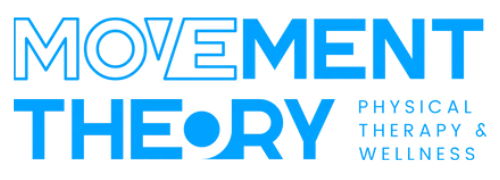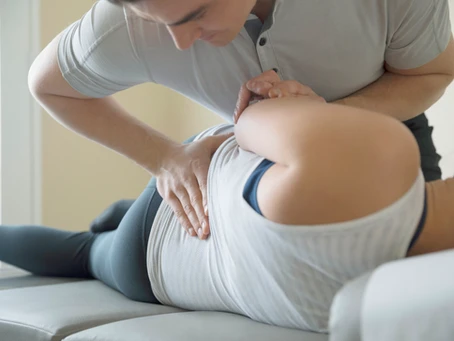If you’re suffering from back pain then it can be easy to try everything to get rid of it, especially if you already have. It’s also really easy to accept a surgery when someone you trust, your physician, suggests it. And it’s the easiest to accept the reasoning behind the suggestion…
“You have the back of an 80- year old,” they say.
Would you believe me that the pictures taken, don’t exactly matter? If you think about it, your skin wrinkles and hair turn grey, the body slows down in general (mostly – you can slow this, but age is inevitable). So, wouldn’t it make sense that the bones and joints also experience some kind of aging process? At the very least, there should be a correlation between the pictures taken and the clinical presentation. What I mean by this is, bulged and herniated discs that are pressing on neural structures, yet only mechanical back pain with movement deficits and no neural presentation?
“Our study shows that the MRI degenerative findings we examined, individually or in combination, do not have clinically important associations with LBP, with almost all effects less than one unit on a 0 to 10 pain scale.” 1
“Even when applying more specific definitions for spine-related symptom outcomes, few MRI findings showed large magnitude associations with symptom outcomes. Although incident annular fissures, disc extrusions, and nerve root impingement were associated with incident symptom outcomes, the 3-year incidence of these MRI findings was extremely low, and did not explain the vast majority of incident symptom cases.” 2
“Follow-up MRI findings consistent with Pfirrmann grading ≥4, disc bulging, HIZ, spondylolisthesis, and any type of Modic changes were not associated with LBP history during the 10 years between the baseline and follow-up study. The progresses of these findings were also not associated with the LBP history. In addition, baseline MRI findings were not associated with LBP history during the 10 years; therefore, our data suggest that baseline MRI findings cannot predict future LBP.” 3
This is not a post saying to never get surgery. This is a post to say, check your surroundings and understand where you’re at. There are plenty of “Doctors” out there, Doctor of Physical Therapy, Doctor of Medicine, Doctor of Philosophy, Doctor of Podiatry, Doctor of “almost anything you can think of,” so go where your goals align. If you want surgery, go to a surgeon, if you want conservative care, go to a physical therapist, if you want to get a good image and someone to tell you all the things ‘abnormal’ get imaging. One last paper to report from 2018 with an update on how to treat non-specific low back pain, which is the vast majority of low back pain cases.
“The current clinical practice guidelines recommend diagnostic triage using history taking and physical examination to identify red flags and neurological testing to identify radicular pain/radiculopathy, against routine imaging unless serious pathology is suspected, and assessment of yellow flags based on psychosocial factors cited in the guidelines in the first or second evaluation. For acute LBP, most guidelines endorsed recommendations for patient education, reassurance about the favourable prognosis and advice on returning to normal activities, avoiding bed rest, the use of NSAIDs and weak opioids for short periods where necessary. For chronic LBP, most guidelines recommended the use of NSAIDs and antidepressants where necessary, prescription of exercise therapy, and psychosocial interventions. In addition, referring to a specialist is recommended in cases where there is suspicion of serious pathologies or radiculopathy or if there is no improvement after 4 weeks to 2 years.” 4
Movement Theory wants to thank you for reading! And if you’re suffering from your own low back pain, stiffness when you wake up and just inability to bend or twist without discomfort, join our newsletter and download the app for free workout routines to keep you moving and healthy!
References
1.Kasch R, Truthmann J, Hancock MJ, et al. Association of lumbar MRI findings with current and future back pain in a population-based cohort study. Spine (Phila Pa 1976). 2022;47(3):201-211. doi:10.1097/BRS.0000000000004198 2.Suri P, Boyko EJ, Goldberg J, Forsberg CW, Jarvik JG. Longitudinal associations between incident lumbar spine MRI findings and chronic low back pain or radicular symptoms: retrospective analysis of data from the longitudinal assessment of imaging and disability of the back (LAIDBACK). BMC Musculoskelet Disord. 2014;15(1):152. doi:10.1186/1471-2474-15-152 3.Tonosu J, Oka H, Higashikawa A, Okazaki H, Tanaka S, Matsudaira K. The associations between magnetic resonance imaging findings and low back pain: A 10-year longitudinal analysis. PLoS One. 2017;12(11):e0188057. doi:10.1371/journal.pone.0188057 4.Oliveira CB, Maher CG, Pinto RZ, et al. Clinical practice guidelines for the management of non-specific low back pain in primary care: an updated overview. Eur Spine J. 2018;27(11):2791-2803. doi:10.1007/s00586-018-5673-2



